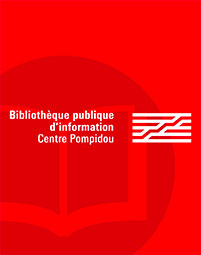par Roksandic, Ivan
University of Florida Press
-
-
Disponible - 93.2 ROK
Niveau 2 - Histoire
par Roksandic, Ivan
University of Florida Press
-
Disponible - 93.2 ROK
Niveau 2 - Histoire

As the largest--and most centrally located--island of the Caribbean, Cuba has seen successive waves of migration to its shores. Its early colonization, and that of the Greater Antilles, is complicated by population movements within the circum-Caribbean. In this volume, Ivan Roksandic and an international team of researchers present a new theory of mainland migration into the Caribbean. Through analysis of early agriculture, burial customs, dental modification, pottery production, and dietary patterns, the contributors enable a very close look at the lifeways and challenges of the native populations. They decipher patterns of movement between the islands and present day Mexico and Central America and explore the interactions between the islands' inhabitants, including the fate of indigenous groups after European contact. Together the essays produce a view of the early Caribbean that is rich with dynamic networks of exchange and matrixes of cultural influences, more intricate and multi-linear than previously believed. With contributions from archaeology, physical anthropology, environmental archaeology, paleobotany, linguistics, and ethnohistory, this volume adds to ongoing debates concerning migration and colonization. It examines the importance of landscape and seascape in shaping human experience; the role that contact and interaction between different groups play in building identity; and the contribution of native groups to the biological and cultural identity of post contact and modern societies. - Note de l'éditeur

Disponible - 93.2 ROK
Niveau 2 - Histoire